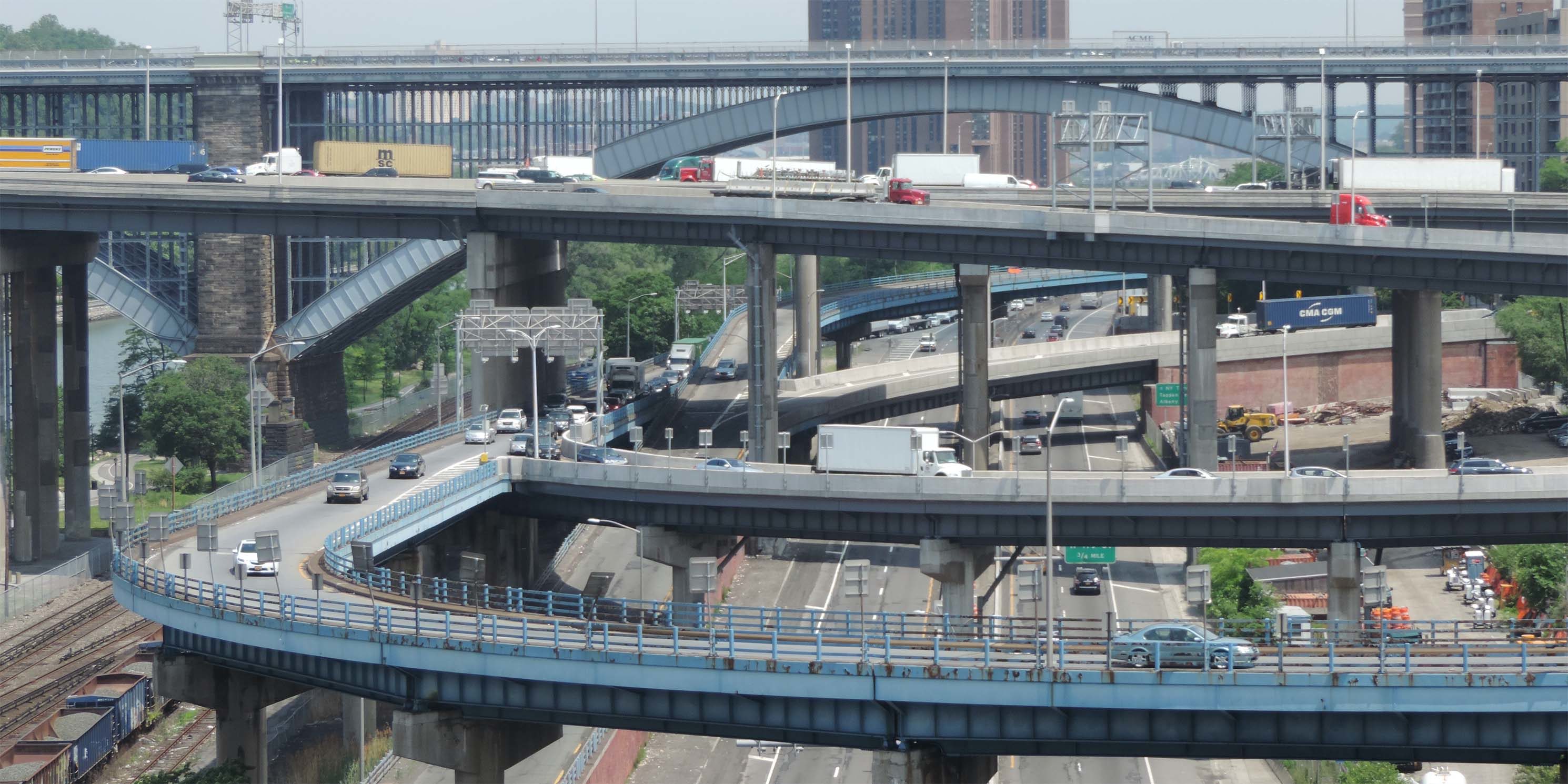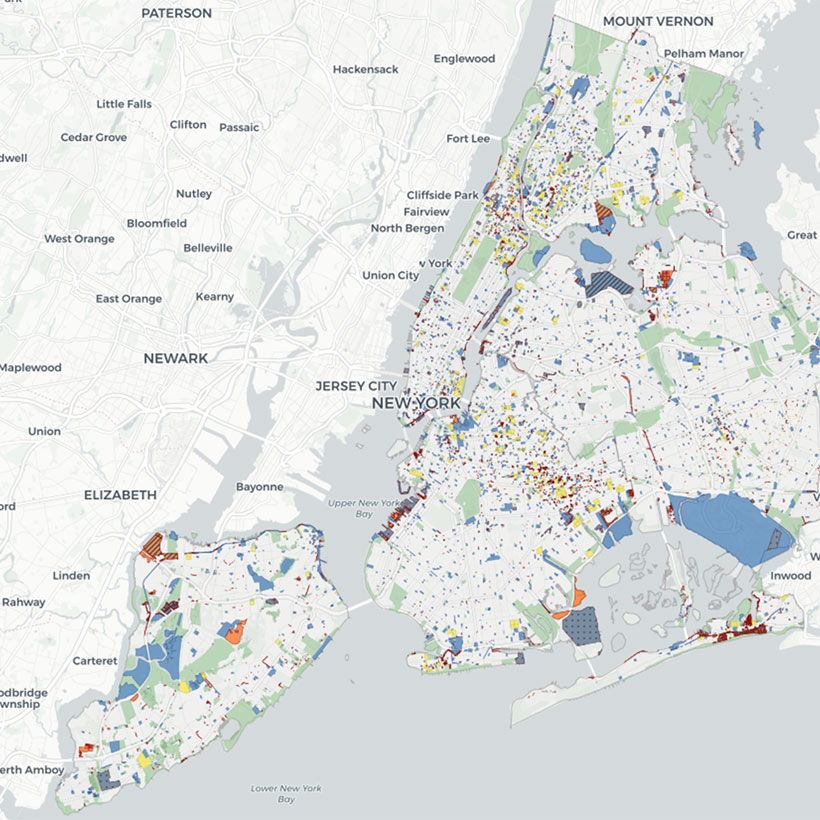President’s Letter: July 2020
I have experienced many news moments in the last few months that feel nothing short of surreal. The video of George Floyd’s horrifying death has been playing over and over in my head since May. The images of protesters being beaten by Federal troops in the recent days and weeks just won’t let up. And since last week, I haven’t been able to let go of the sight of John Lewis’s coffin on the steps of the Capitol, as hundreds of people stand in the 100-degree heat to pay their respects.
I am sure I am not alone in feeling overwhelmed by the sheer deluge of crises that seem to be upon us lately. This week, I reminded myself that we cannot give into fatigue or allow ourselves to become numb to stories that might seem easier to simply skim past. One such story this summer is the quiet elimination a fundamental tool that we rely on in our work.

In mid-June, Donald Trump did something unthinkable. (I know the list that leaps to mind may be too long to pinpoint what I am referring to.) He rolled back key provisions of NEPA. He issued an Executive Order to temporarily lift the requirements of this foundational environmental law. With these innocuous words “the Council on Environmental Quality has provided appropriate flexibility to agencies for complying with the National Environmental Policy Act (NEPA), 42 U.S.C. 4321 et seq., in emergency situations,” major energy, transportation civil projects and delivery of “infrastructure on federal lands” and other projects were freed from the perceived regulatory burden of not just NEPA but the Endangered Species Act and the Clean Water Act.
This was a preemptive act because the process of a deeper dismantling of NEPA was taking too long. (See MAS comments on this proposed rulemaking here.) And why waste a good crisis? COVID-19 and the associated economic downturn has allowed the President to justify temporarily neutering a set of laws that have worked to protect the health of Americans for decades. This is this administration’s evil genius: with our eyes averted by a global pandemic, whoops, they undermine some of the only tools that the public has for understanding and influencing projects that could have long-term detrimental effects on the environment.
Let me be clear, NEPA in particular, is a blunt and imperfect tool but its enactment laid the groundwork for instruments for environmental review that have evolved from it including New York State Environmental Quality Act (SEQA) and New York City’s Environmental Quality Review (CEQR.) Our more local tools are flawed themselves, of course. However, their legal underpinning flows from NEPA. If NEPA is permanently altered, the results of cascading legal authority may be in question.
Undermining a tool for the public disclosure of health and environmental consequences—no matter how cumbersome—is an unmistakable move to disenfranchise and silence the public. Let’s not fool ourselves into believing this isn’t the latest in the campaign to shut down the voices of neighborhoods and communities trying to fight back against the powerful.
All of this has caused me once again to think about the relationship between protest and advocacy. I know that it is hard not to be bone-achingly tired right now. It is hard to muster the energy to address another political turn that is unthinkable. But here we are. And for all of us who want the ability to object to the projects that seek to harm, we must take up our pens, our checkbooks and sharpen our advocacy tools to fight another day. We must protest not just for the fundamental constitutional rights of every American, but also for the ways these rights give us a voice in the decisions that will last our lifetimes and beyond.
Thanks for all your support.

Elizabeth Goldstein
President, Municipal Art Society of New York




